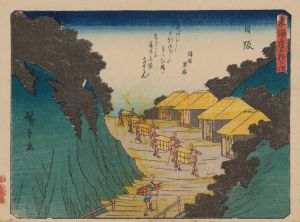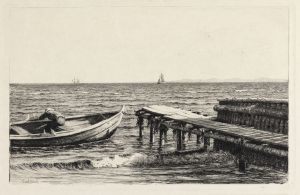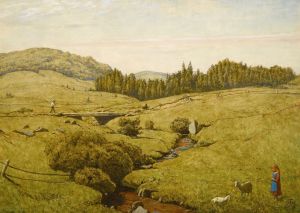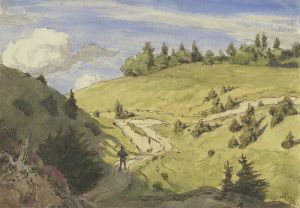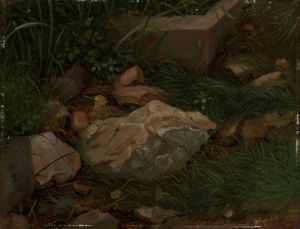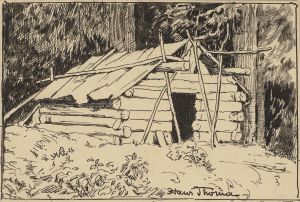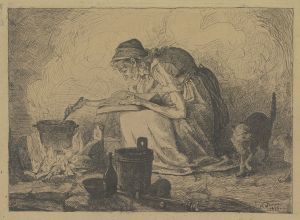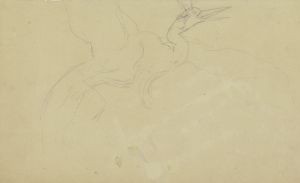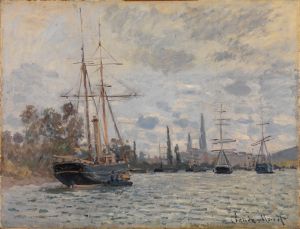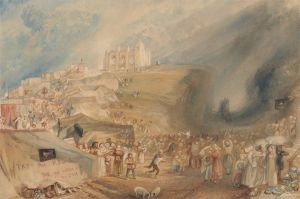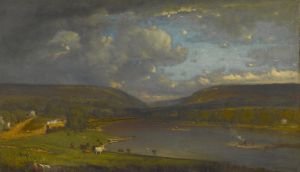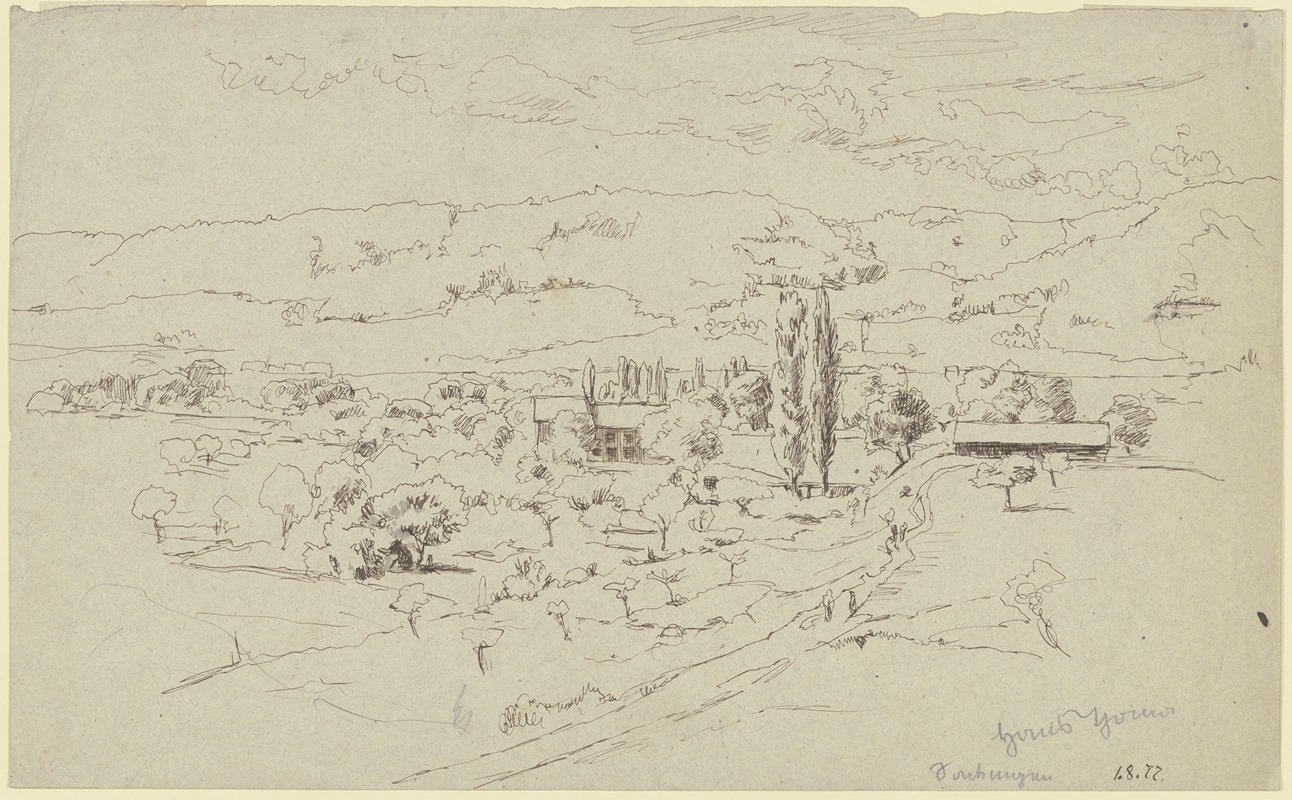
Säckingen
A hand-painted replica of Hans Thoma’s masterpiece Säckingen, meticulously crafted by professional artists to capture the true essence of the original. Each piece is created with museum-quality canvas and rare mineral pigments, carefully painted by experienced artists with delicate brushstrokes and rich, layered colors to perfectly recreate the texture of the original artwork. Unlike machine-printed reproductions, this hand-painted version brings the painting to life, infused with the artist’s emotions and skill in every stroke. Whether for personal collection or home decoration, it instantly elevates the artistic atmosphere of any space.
Hans Thoma's painting Säckingen is a notable work by the German painter, who was active during the 19th and early 20th centuries. Hans Thoma (1839–1924) is recognized for his contributions to the German Romantic and Realist movements, often depicting landscapes, portraits, and scenes inspired by his native Black Forest region. Säckingen is one such work that reflects his connection to his homeland and his ability to capture the natural beauty and cultural essence of the area.
The painting is named after the town of Bad Säckingen, located in southwestern Germany near the Rhine River. This town, known for its picturesque setting and historical significance, served as an inspiration for Thoma. The work likely portrays a scene from the region, showcasing its idyllic landscapes and tranquil atmosphere. Thoma's art often emphasized harmony between humans and nature, and Säckingen is consistent with this theme.
Hans Thoma's style is characterized by meticulous attention to detail and a deep appreciation for the natural world. His works often feature soft, naturalistic colors and a serene mood, which are evident in Säckingen. The painting captures the essence of the German countryside, reflecting Thoma's Romantic sensibilities while also incorporating elements of Realism.
Thoma's connection to the Black Forest and its surrounding areas was a recurring theme in his work. He frequently drew inspiration from the landscapes, folklore, and traditions of the region. This connection to his roots resonated with audiences during his time and continues to be appreciated today.
While Säckingen is not as widely known as some of Thoma's other works, it remains an important example of his artistic legacy. The painting is representative of his ability to blend Romanticism with Realism, creating works that are both visually appealing and emotionally evocative. It also highlights his dedication to capturing the spirit of his homeland, making it a valuable piece within the context of German art history.
Hans Thoma's contributions to art were recognized during his lifetime, and he held prominent positions, including serving as the director of the Karlsruhe Academy of Fine Arts. His works are housed in various museums and collections, particularly in Germany, where his legacy as a painter of the Black Forest region endures.
Further specific details about Säckingen, such as its current location or the exact year of its creation, are not readily available in public records. However, the painting remains a testament to Thoma's skill and his deep connection to the landscapes and culture of southwestern Germany.





